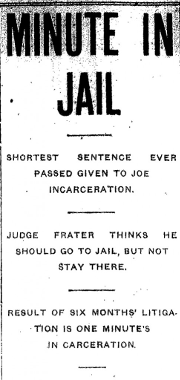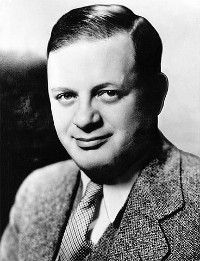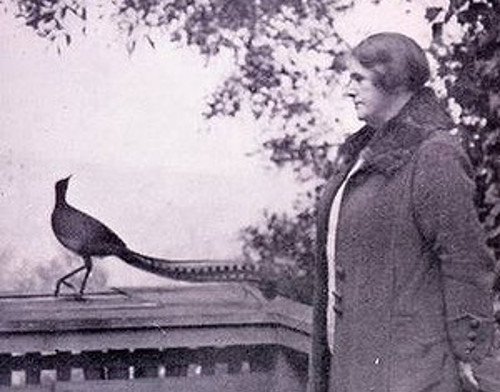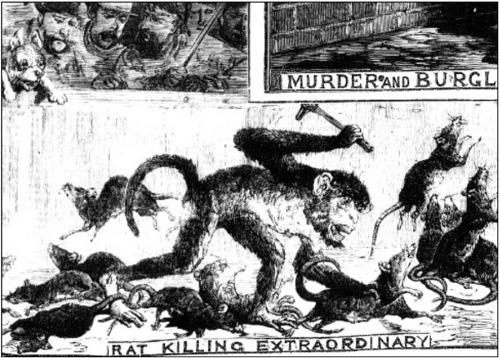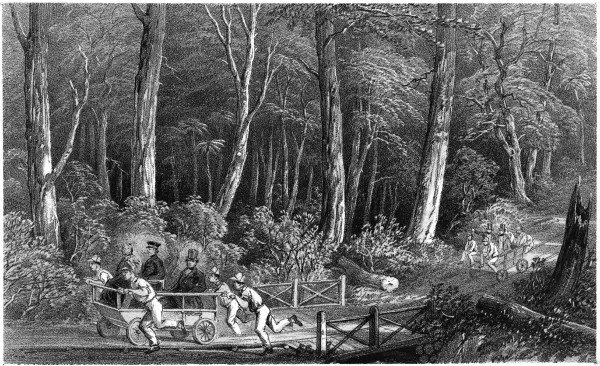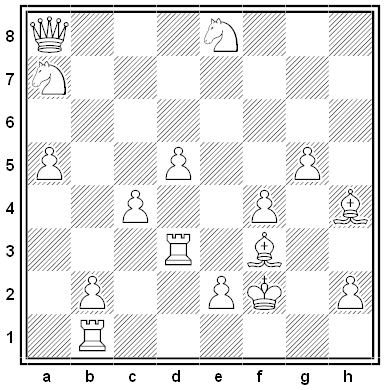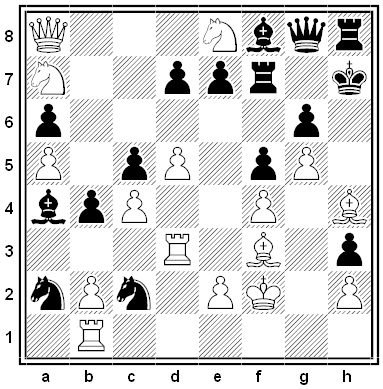For what it’s worth, here’s a dance from the 1780s:
- Glissade round (first part of tune).
- Double shuffle down, do.
- Heel and toe back, finish with back shuffle.
- Cut the buckle down, finish the shuffle.
- Side shuffle right and left, finishing with beats.
- Pigeon wing going round.
- Heel and toe haul in back.
- Steady toes down.
- Changes back, finish with back shuffle and beats.
- Wave step down.
- Heel and toe shuffle obliquely back.
- Whirligig, with beats down.
- Sissone and entrechats back.
- Running forward on the heels.
- Double Scotch step, with a heel Brand in Plase. [sic]
- Single Scotch step back.
- Parried toes round, or feet in and out.
- The Cooper shuffle right and left back.
- Grasshopper step down.
- Terre-a-terre [sic] or beating on toes back.
- Jockey crotch down.
- Traverse round, with hornpipe glissade.
It’s “A Sailor Hornpipe — Old Style,” by John Durang, George Washington’s favorite dancer. Durang taught it to his son Charles, who reproduced it in a study of theatrical dancing published in 1855, which is how it comes down to us.
The terminology is influenced by French ballet, but already it incorporates innovations such as “shuffles”; in time the hornpipe would evolve into modern tap dancing. In Tap Roots, Mark Knowles writes, “It is believed that the ‘whirligig, with beats down’ is similar to a renversé turn such as the kind later done by the tap dancing film star Eleanor Powell.”
(From Julian Mates, The American Musical Stage Before 1800, 1962.)


